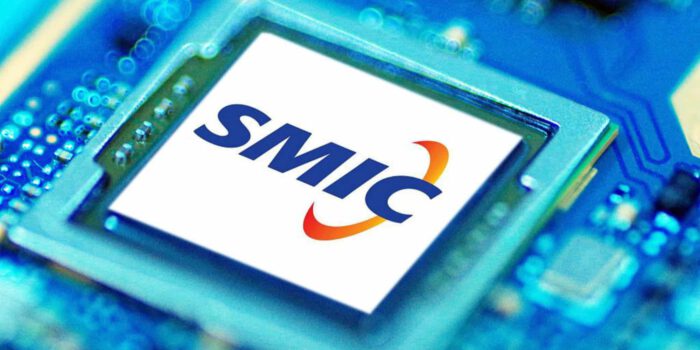A report in today’s (28th January 2021) South China Morning Post places advanced chip production, and specifically 12 nm semiconductors, high on the list of priorities for Shanghai in 2021.

Says the report, which was also cited in the China Economic Review, the Shanghai government is aiming to achieve “scaled production” of 12-nanometer semiconductors this year, as part of the nationwide effort to strengthen domestic production.
Underpinning this strategy appears to be a move to cut reliance on imported chips amid ongoing US sanctions that restrict Chinese access to advanced foreign technologies and products.
The plan is one of 166 projects put forward for 2021 by the Shanghai Municipal Development & Reform Commission, according to its report to the local legislature. Other major tech-related projects on the list include a digital currency pilot program and the second phase of the Shanghai factory operated by US electric carmaker Tesla.
Gu Wenjun, chief analyst at Shanghai semiconductor research firm ICwise, said he does not think the Shanghai announcement means it will fund a new wafer fab capable of making chips at the 12-nm node, reported the SCMP.
Rather, it is likely that SMIC will be put in charge of the Shanghai project as it can produce chips at the 14-nm and 12-nm nodes “without any serious problems”, according to another China-based semiconductor analyst, who requested anonymity.
However, “capacity is still a problem and there aren’t sufficient clients for SMIC at the 12-nm node,” the analyst said.
SMIC said in recent stock filings that most of its technology suppliers are from Japan, South Korea, the Netherlands and US. After it was added to Washington’s Entity List in December, the company said the action could have a “serious, adverse effect” on its ability to progress beyond the 10-nm node.
Image courtesy of gizchina.com.






